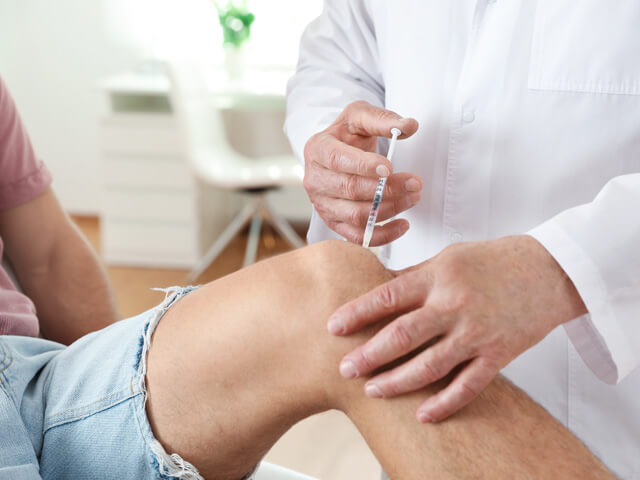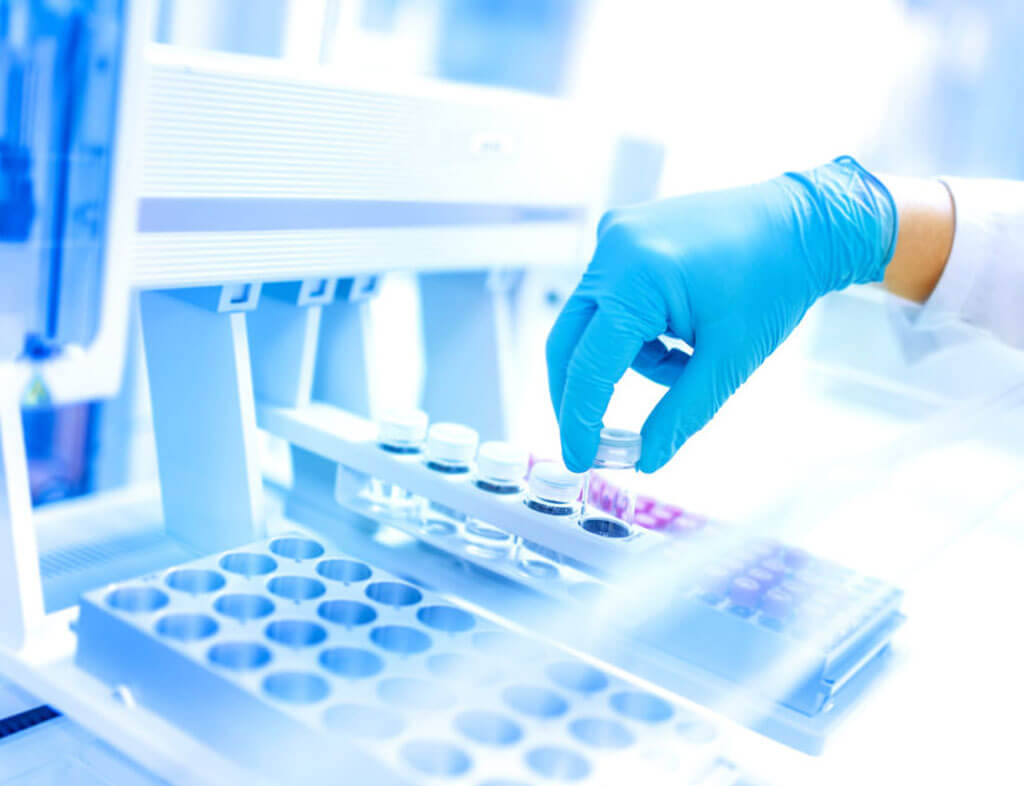Adipose-derived mesenchymal stem cell (AD-MSC) exosomes are small extracellular vesicles released by adipose-derived mesenchymal stem cells. These stem cells are a type of multipotent stromal cell found in adipose (fat) tissue, and they have the ability to differentiate into various cell types, such as adipocytes, osteoblasts, and chondrocytes.
Exosomes are membrane-bound vesicles, typically ranging from 30 to 150 nm in size, that are secreted by various cell types, including mesenchymal stem cells. They play a crucial role in cell-to-cell communication by transferring proteins, lipids, and nucleic acids (such as mRNA and microRNA) between cells. The cargo within exosomes can influence the behavior and function of recipient cells, making them key players in various physiological and pathological processes.
AD-MSC exosomes have attracted significant interest in recent years due to their potential therapeutic applications. They have been found to possess regenerative, anti-inflammatory, angiogenic, and immunomodulatory properties, which make them promising candidates for treating a wide range of conditions, including tissue injury, degenerative diseases, and inflammatory disorders.
Some of the potential therapeutic applications of AD-MSC exosomes include:










